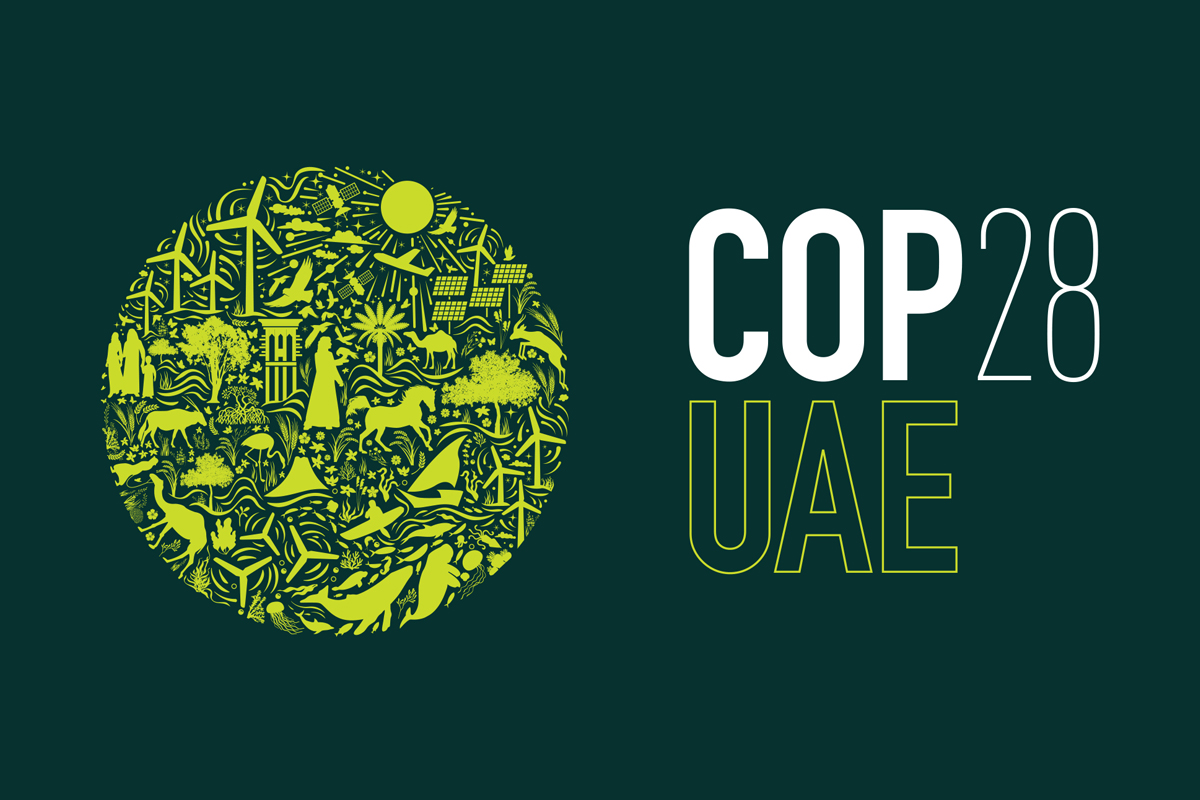In an effort to respond to regional needs, the 10 members of the Organization are currently developing the ASEAN Climate Finance Access and Mobilization Strategy, a tool designed to harmonize the use of frameworks and structures for monitoring financial flows
By Sibeles Chiari
With less than a month to go before COP28 in Dubai, expectations are rising about reaching a transformative agreement that will move humanity away from catastrophic scenarios. Significantly alarming is the situation in the Southeast Asian region, home to as many as 6 of the 20 states identified as most vulnerable to the impacts of climate change: the Philippines, Indonesia, Malaysia, Myanmar, Thailand and Vietnam. Concerns based on forecasts heralding greater economic losses than anywhere else in the world, with an estimated 11 percent decline in GDP by 2100. In fact, only with copious increases in climate finance and a concerted effort by governments, investors, central banks and financial regulators will economic and human losses be limited. An effort that, globally, will need to generate some $2.4 trillion in total annual investment by 2030 to succeed in sustaining emerging markets. Indeed, at the Dubai summit, climate finance will be at the center of the policy debate because, mobilizing financial resources and activating innovative financing mechanisms (e.g., Loss and Damage fund) will play a key role in combating climate change and accelerating toward a more sustainable economy. That being said, it is not surprising that the dynamics related to the climate finance discipline will have an increasing impact on the performance of the Association of Southeast Asian Nations (ASEAN) economies.
Throughout the various UNFCCC COPs, ASEAN nations have continually urged the more industrialized countries to meet their 2009 commitment to provide $100 billion per year to developing countries by 2020. A commitment that has been more verbal than real, considering that between 2000 and 2019, ASEAN countries received $56 billion from developed countries. While European states such as Germany and France have contributed 11.8 percent and 8.4 percent, respectively, of total bilateral climate funding to the region, Japan has allocated as much as 65 percent. Indeed, the influence of the Japanese country, which jointly launched the SPACE program with ASEAN members to combat climate change, pollution and biodiversity loss, stands out. Additional climate funding also comes from China, which ranks as the main provider of South-South flows, followed by India. As well as from ASEAN countries themselves with their contributions to the mobilization of Green Climate Fund (GCF) resources. Of course, in the context of climate finance, there is no shortage of substantial support from the World Bank and the Asian Development Bank (AIB), as the largest multilateral provider of climate finance to the region.
Over the past decade, more than half of all climate finance provided to the region has gone to the transportation and storage (32 percent), energy (26 percent) and agriculture, forestry and fisheries (9 percent) sectors. It is also worth highlighting the high growth recorded in other sectors, such as health (+427 percent), business and various services (+336 percent) and emergency response (+218 percent). Looking at the ASEAN space, Indonesia, the Philippines, and Vietnam received the highest share of funding, and indeed, most of the funds went to the transport, energy, and agriculture sectors. For example: Vietnam has attracted significant investment in wind and solar power; Indonesia has received funding and international support for initiatives to combat deforestation and promote reforestation through the REDD+ program; as well as the recently concluded loan agreements between the Philippines and the World Bank worth $876 million to finance three sustainable agriculture projects (MIADP, FISHCORE and PRDP). With data in hand, Asia receives the highest share of climate finance among all regions of the world. No doubt this is a figure that inspires optimism, although the per capita share of Southeast Asian countries remains the lowest. Finally, in an effort to address regional needs, the 10 members of the Organization are currently developing the ASEAN Climate Finance Access and Mobilization Strategy, a tool aimed at harmonizing the use of frameworks and structures for monitoring financial flows. Therefore, this strategy will accelerate investment in the implementation of mitigation and adaptation actions based on the needs identified by member states. An initiative that will facilitate access to climate finance by pursuing the health of our dear planet as the ultimate goal and common hope among all of us.






